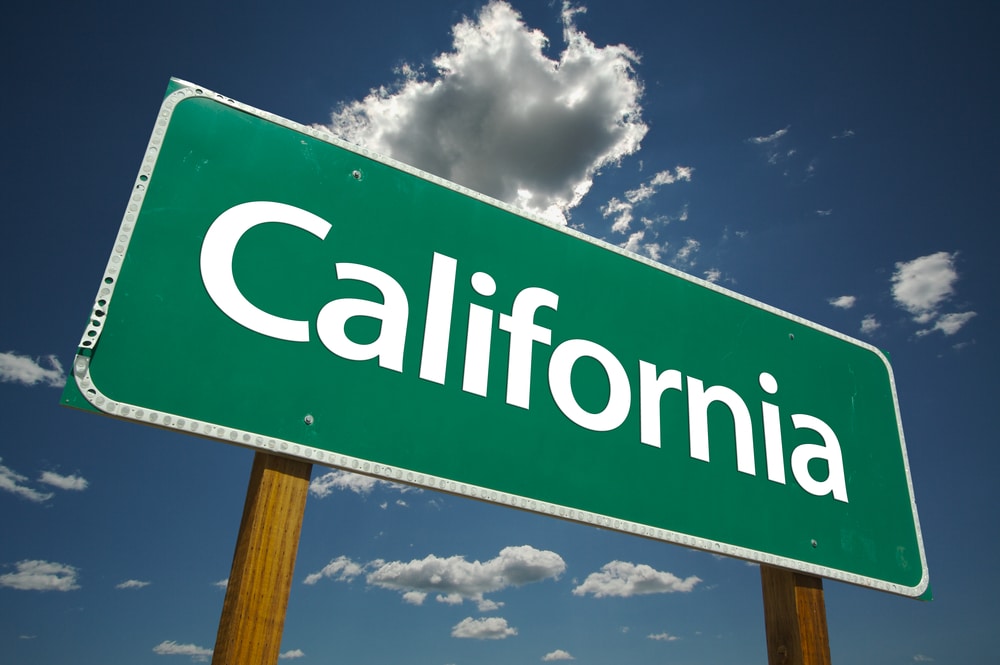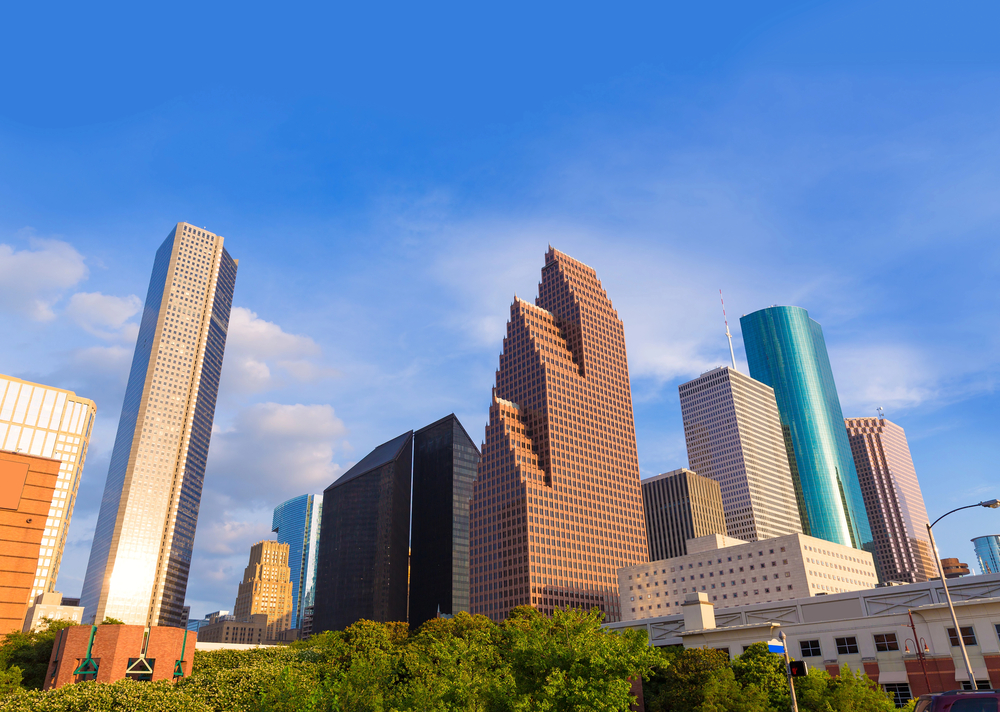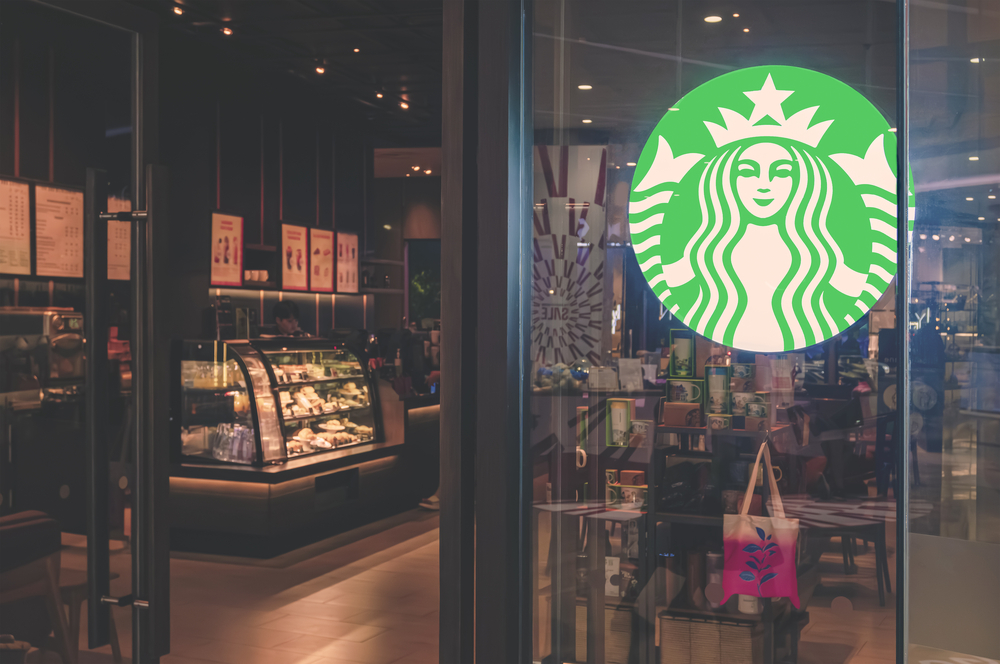Figuring out the most dangerous cities in the US hinges on crime stats, particularly the violent crime rates per 100,000 people. The FBI’s Uniform Crime Reporting Program, which compiles data from law enforcement across the US, is where this info comes from.
The list of the 20 most dangerous cities in the US takes into account more than just violent crime rates. Population size, economic conditions, unemployment rates, substance abuse problems, and income disparities all factor into the equation, offering a deeper dive into the complexities that contribute to their danger levels.
Detroit, Michigan
Despite Detroit’s efforts to bounce back economically since its bankruptcy, the city struggles with a violent crime rate that remains substantially above the national average.
Monroe, Louisiana
Monroe faces significant safety concerns, with a crime rate that starkly exceeds the national average, making it a focal point for addressing violence and crime prevention strategies.
Memphis, Tennessee
Memphis, a city celebrated for its musical heritage, grapples with a rising crime rate, challenging the community’s sense of safety and overshadowing its cultural vibrancy.
Springfield, Missouri
Springfield, despite its small size and family-friendly attractions, struggles with a crime rate that’s alarmingly high, particularly in terms of assaults and thefts.
St Louis, Missouri
St. Louis, with its iconic Gateway Arch and rich history, faces profound challenges with violent crimes and substance abuse that impact its community’s well-being.
Albuquerque, New Mexico
Albuquerque, famed for its International Balloon Fiesta and rich cultural tapestry, deals with a crime rate that raises concerns for residents and visitors alike.
Anchorage, Alaska
Anchorage’s breathtaking landscapes and outdoor activities are contrasted with pressing issues of domestic violence and alcohol-related crimes.
Rockford, Illinois
Known as the ‘Forest City’, Rockford’s natural and urban beauty is overshadowed by a high crime rate, including thefts and muggings.
Baltimore, Maryland
Baltimore’s rich history and culinary scene are ruined by a persistently high crime rate, particularly in homicides and theft.
Little Rock, Arkansas
Little Rock’s serene landscapes and historical landmarks stand in stark contrast to the urgency of addressing its elevated crime rates.
Stockton, California
Stockton’s cultural and natural treasures are overshadowed by a creeping tide of violence, prompting a quest for renewal and safety.
Milwaukee, Wisconsin
Milwaukee’s scenic views and brewing history are contrasted with a disturbingly high rate of violent crimes, including assaults and robberies.
Cleveland, Ohio
Cleveland’s rich tapestry of arts and cuisine is being woven with threads of urgency to address its significantly higher-than-average crime rate.
Oakland, California
Oakland’s vibrant streets and community spirit are seeking paths to resilience in the face of challenges posed by crime and economic disparities.
Saginaw, Michigan
Saginaw’s quiet charm and agricultural roots are contrasted sharply with a pressing need to address violent crimes that belie its small-town feel.
Pueblo, Colorado
Pueblo’s historical richness and attempts at revitalization are met with the complexities of combating a crime rate that stands above the norm.
Tacoma, Washington
Tacoma’s artistic vibrancy and seaside allure are navigating through the fog of gang activity and property crimes, aiming for brighter days.
Lansing, Michigan
Lansing, bustling with political and cultural activities, faces the challenge of ensuring peace and safety within its historic streets.
Peoria, Illinois
Peoria’s identity as a microcosm of American life is currently being tested by the rising tide of robberies and assaults.
Minneapolis, Minnesota
Minneapolis’s vibrant economy and cultural attractions face crime-related challenges in specific areas, significantly impacting its reputation and community safety.
Is Crime Increasing in America?
Despite the widespread belief among Americans that crime rates are climbing each year, statistics tell a different story. Since the early ’90s, both property and violent crime rates in the US have been cut in half.
The Bigger Picture
The reasons for this decline spark debate, ranging from increased incarceration rates to the impacts of legalized abortion reducing crime-prone populations. Yet, the perception of rising crime persists.
Americans Feel Unsafe
Critics point out that the decline doesn’t account for the surge in gun-related violence and mass shootings, alongside a recent increase in murders and nonnegligent manslaughter.
Amid these mixed signals, the personal safety feelings of Americans might just be the most crucial metric to gauge






